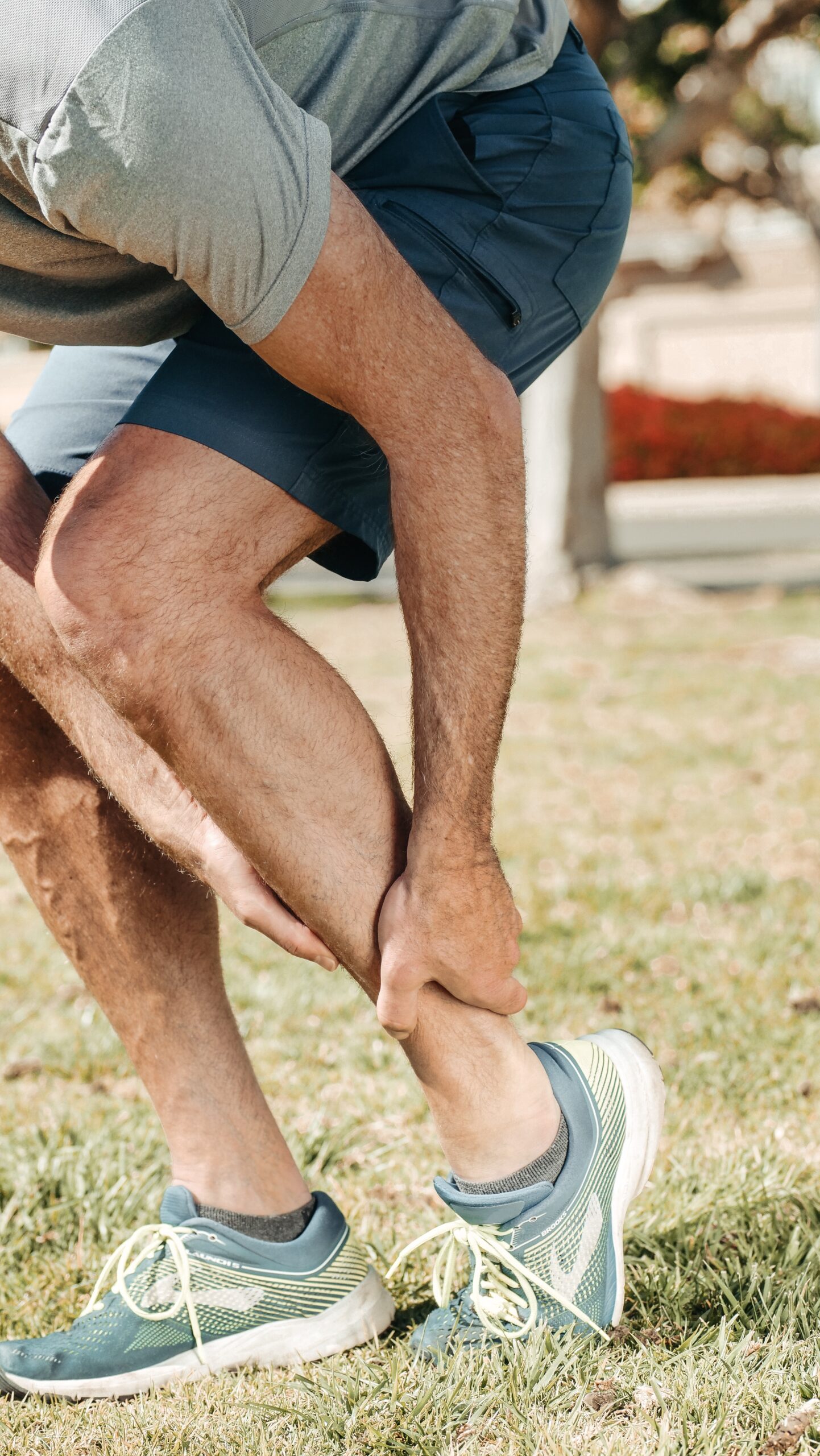Many injuries and pain complaints are often tendonopathies; rotator cuff, elbow (golfer’s and tennis), patellar and Achilles tedninopathy are among some of the most well known. Tendons, which connect muscle to bone, are made of dense collagen fibers. They are innervated with certain nerve fibers, more than muscles. These conduct pain signals that cause the tendon to be more sensitive. When a tendon is stretched, the collagen fibers stretch out like an elastic and temporarily deform from their original wave pattern. When the tendon exceeds its range, the collagen fibers fail to return to its original pattern. Over time, a tendon can experience micro or partial tearing resulting in a tendonopathy, or tendon over use injury.
Tendon over use injuries can be caused by muscle imbalances, poor biomechanics, lack of flexibility, poor blood supply, and chronic degenerative changes in the tendon. The most common tendon injuries are tendonitis and tendinosis.
Tendonitis is the inflammation of the tendon (the suffix “itis” means inflammation), which results from micro-tears that is caused when a joint is over loaded with a force that is too heavy and/or too quick. This is an acute injury, and the patient will experience localized pain, swelling, warmth and redness. The goal of treatment is to reduce inflammation, which includes resting the affected joint, icing, and often taking anti-inflammatories such as NSAIDS, ibuprofen (Advil) or naproxen (Aleve). Tendonitis often recovers with in several weeks. Although most tendonopathies have previously been diagnosed as tendonitis, it is actually quite rare, and many injuries fall under the proper term tendinosis.
The primary difference between tendonitis and tendonosis is that inflammation is generally not present in tendonosis. Tendonosis occurs when the tendon does not have time to heal, or suffers from repetitive trauma. Small movements, such as clicking a mouse, can cause tendonosis when done repeatedly. Chronic micro-tears and over use leads to loss of collagen realignment, resulting in loss of strength, poor blood supply, degenerative changes and increases the chance of reinjury. The primary treatment goals for tendonosis is to break the injury cycle and reduce adhesions, optimize collagen production, and increase circulation.
In chronic tendonitis, inflammation and swelling is present, where as in tendonosis there is adhesions and tendon thickening. In both cases, there is pain during and after activity, decreased range of motion, strength, and circulation.
Massage benefits anyone experiencing a tendon over use injury, and each treatment is different depending on the stage of injury. If it is new, the goal will be to decrease any swelling in the area. Once swelling is no longer present, therapy will involve addressing muscles affected by the injury. The muscle attached to the tendon, as well as those compensating, need to be addressed to decrease the tone and trigger points that may be causing more pain. A technique called frictions is also used to disrupt and break down existing adhesions in the tendons to help properly realign the collagen fibers. It is important during treatment, and as self-care, to continue taking the injured joint through pain free range of motion and stretches. A progressive strengthening program can be implemented when local tenderness and pain during activity is gone, as well as a full pain free stretch.


